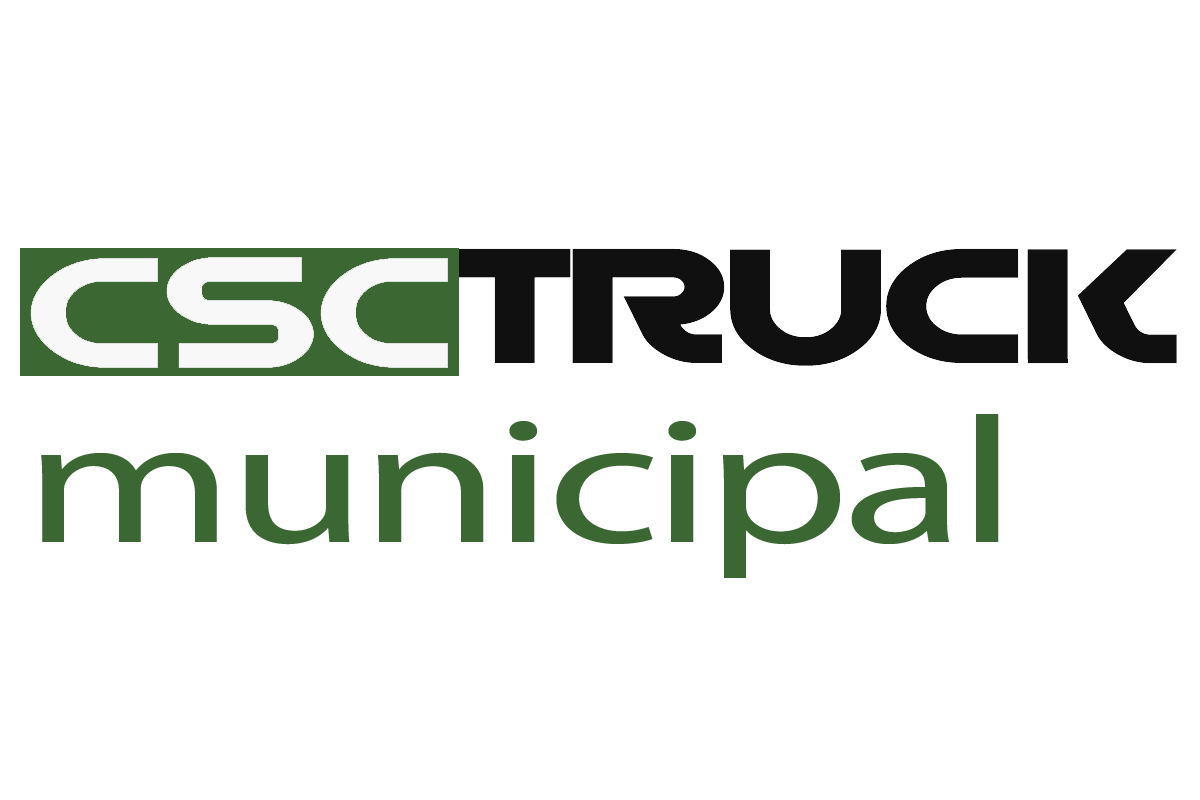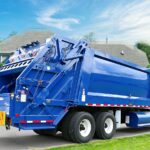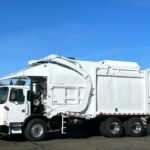When it comes to waste management and disposal, garbage trucks play a vital role in keeping our cities clean and sanitary. These massive vehicles are designed to collect and transport various types of waste from residential and commercial areas to disposal facilities. While many of us are familiar with the front of a garbage truck, the part that picks up and compacts the trash, have you ever wondered what the back of a garbage truck is called and how it functions? In this article, we will explore the answer to this question and delve into the fascinating world of garbage truck technology.
The back of a garbage truck is commonly referred to as the “rear loader” or the “compactor.” This is the section of the truck where the collected waste is stored, compacted, and prepared for transportation to disposal sites. The rear loader is typically a large, enclosed space that can be accessed through a rear-opening door or a hydraulic lift mechanism.
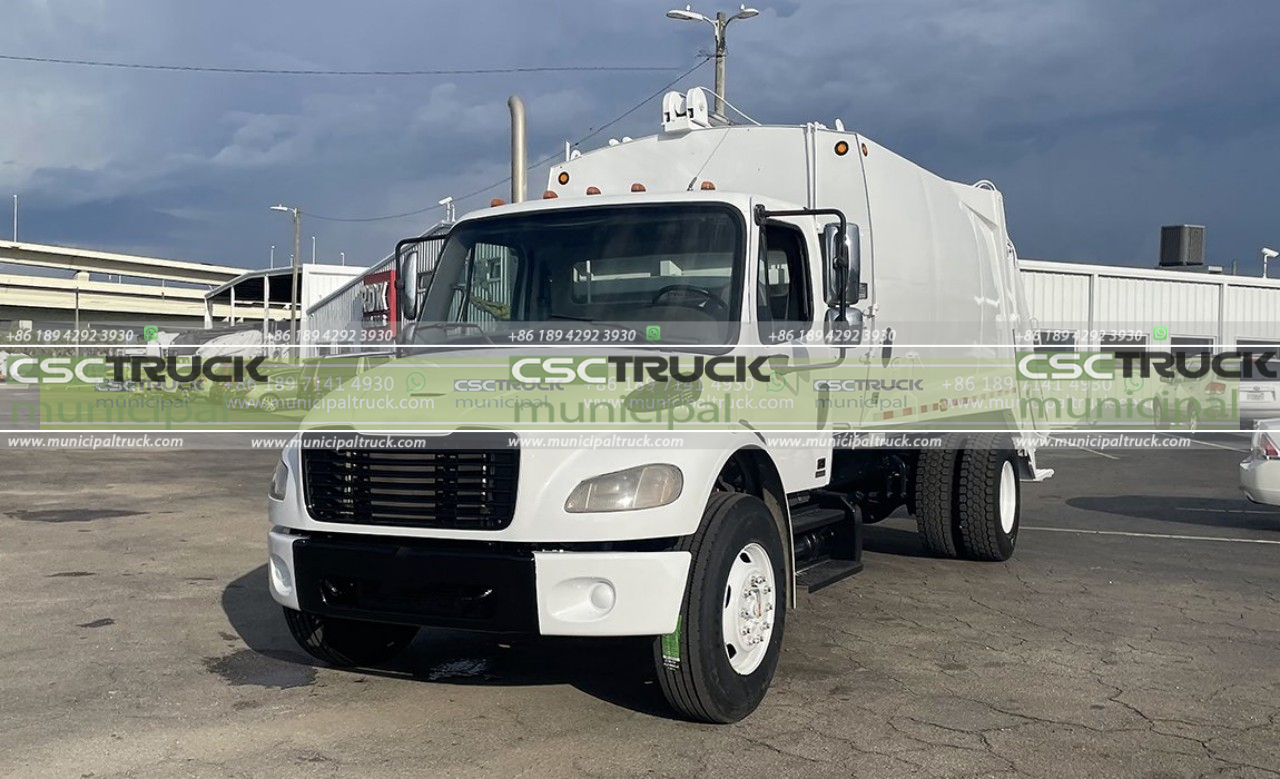
One of the primary purposes of the rear loader is to compress the waste efficiently. Garbage trucks have powerful hydraulic systems that operate the compaction mechanism. Once the waste is loaded into the rear loader, the compactor compresses it, reducing its volume significantly. This compaction process enables the truck to carry larger quantities of waste, maximizing its capacity and reducing the number of trips needed for disposal.
To ensure safe and efficient operation, the rear loader of a garbage truck is equipped with various safety features. These may include emergency stop buttons, warning lights, and backup cameras to assist the driver in maneuvering the vehicle. Some advanced garbage trucks even incorporate automation and robotics to streamline the waste collection process further.
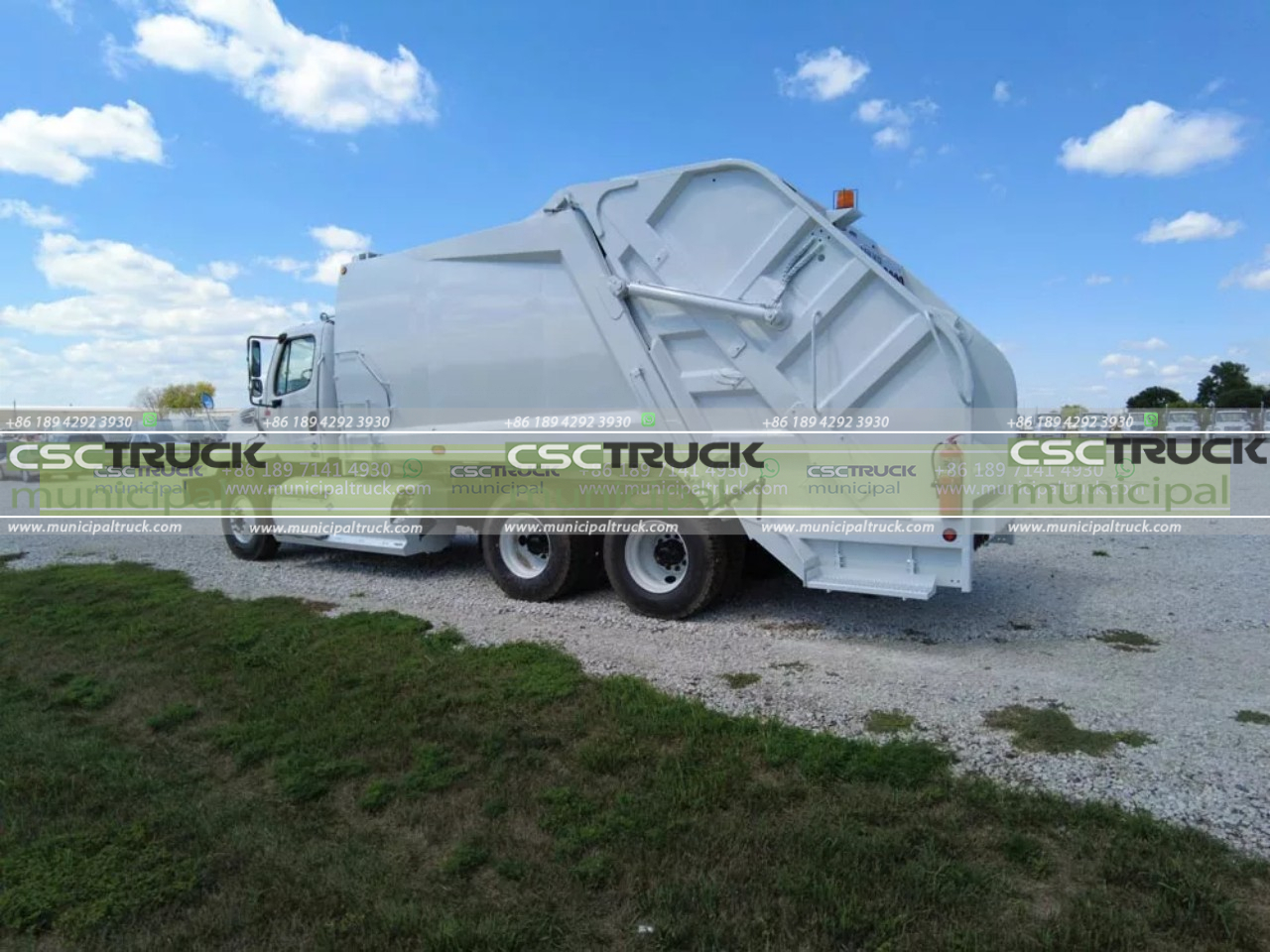
In addition to the compaction system, the rear loader also contains other important components. One of these components is the leachate collection system. Leachate refers to the liquid that seeps out from the waste during transportation. It is essential to prevent the leakage of leachate as it can contaminate the environment and pose health risks. The leachate collection system collects and stores this liquid separately, ensuring it is properly disposed of or treated later.
Another crucial element in the back of a garbage truck is the odor control system. As waste decomposes, it releases unpleasant odors that can be a nuisance to both the truck operators and the surrounding communities. To mitigate this issue, garbage trucks are equipped with various odor control mechanisms. These can include air filtration systems, deodorizing sprays, and sealing mechanisms to minimize the escape of odorous gases.
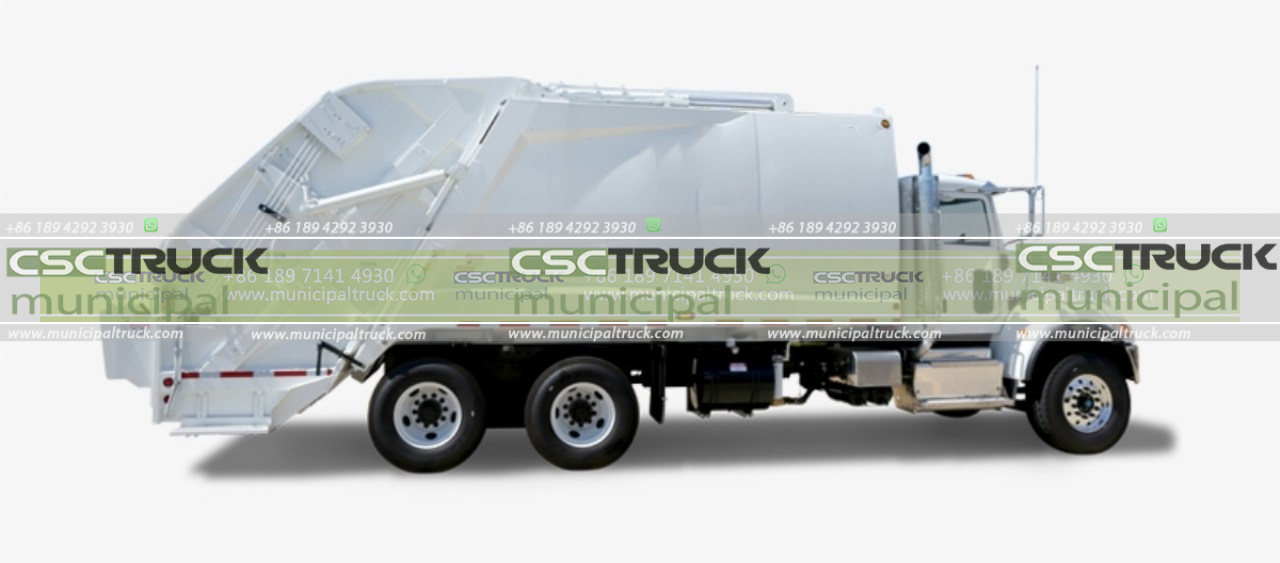
When the rear loader of a garbage truck reaches its full capacity, it is time for the waste to be transported to a disposal site. Depending on the waste management infrastructure in a particular area, the waste may be taken to a landfill, recycling center, or waste-to-energy facility. At the disposal site, the waste is unloaded from the rear loader using hydraulics or gravity-assisted mechanisms.
It is worth noting that the design and functionality of the rear loader can vary depending on the type of garbage truck. There are different types of garbage trucks used for specific purposes, such as front loaders, side loaders, and roll-off trucks. Each of these types has its unique features and mechanisms for waste collection and compaction.
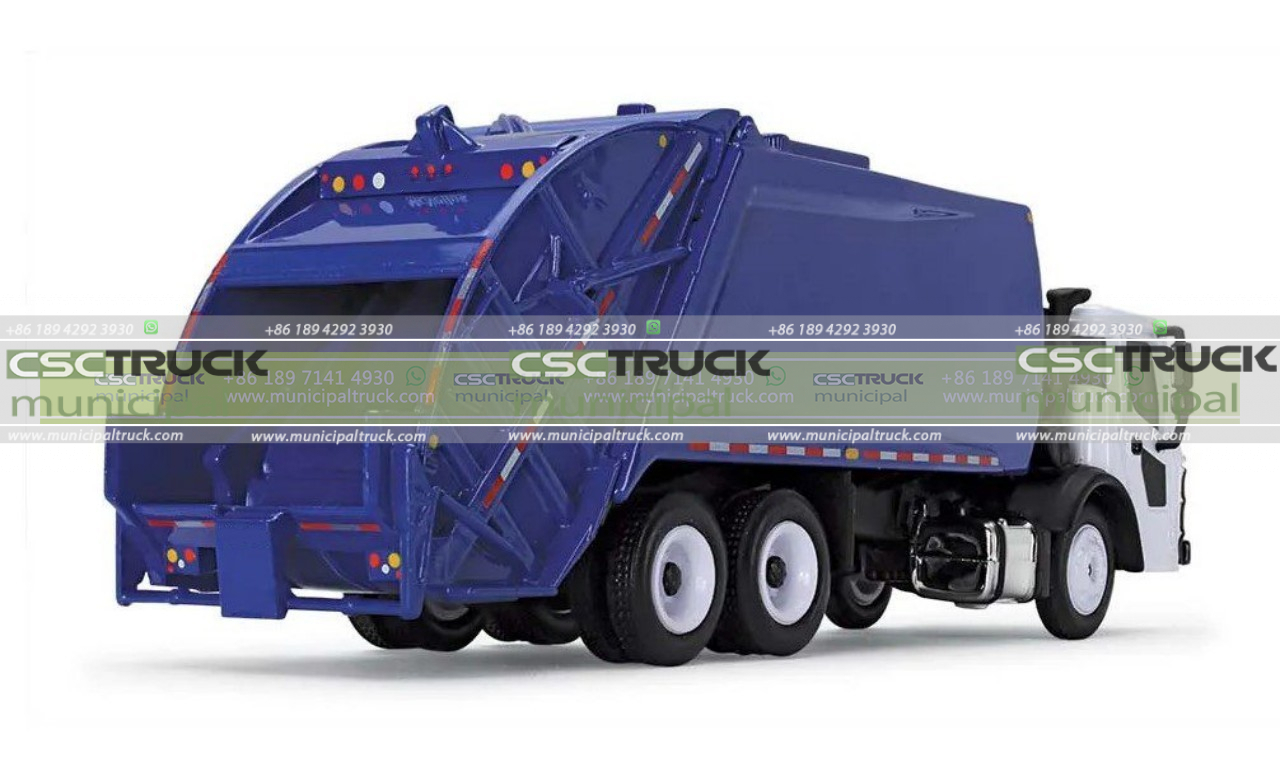
In conclusion, the back of a garbage truck is known as the rear loader or the compactor. It is the section of the truck where the waste is stored, compacted, and prepared for transportation. The rear loader plays a crucial role in maximizing the truck’s capacity, ensuring safe waste disposal, and incorporating various safety and environmental features. Understanding the functioning of the back of a garbage truck helps us appreciate the sophisticated technology and engineering behind waste management systems, ultimately contributing to cleaner and healthier cities for all.
Additionally, advancements in garbage truck technology are continually being made to improve efficiency, reduce environmental impact, and enhance overall waste management processes. One such innovation is the integration of smart sensors and data analytics into garbage trucks.
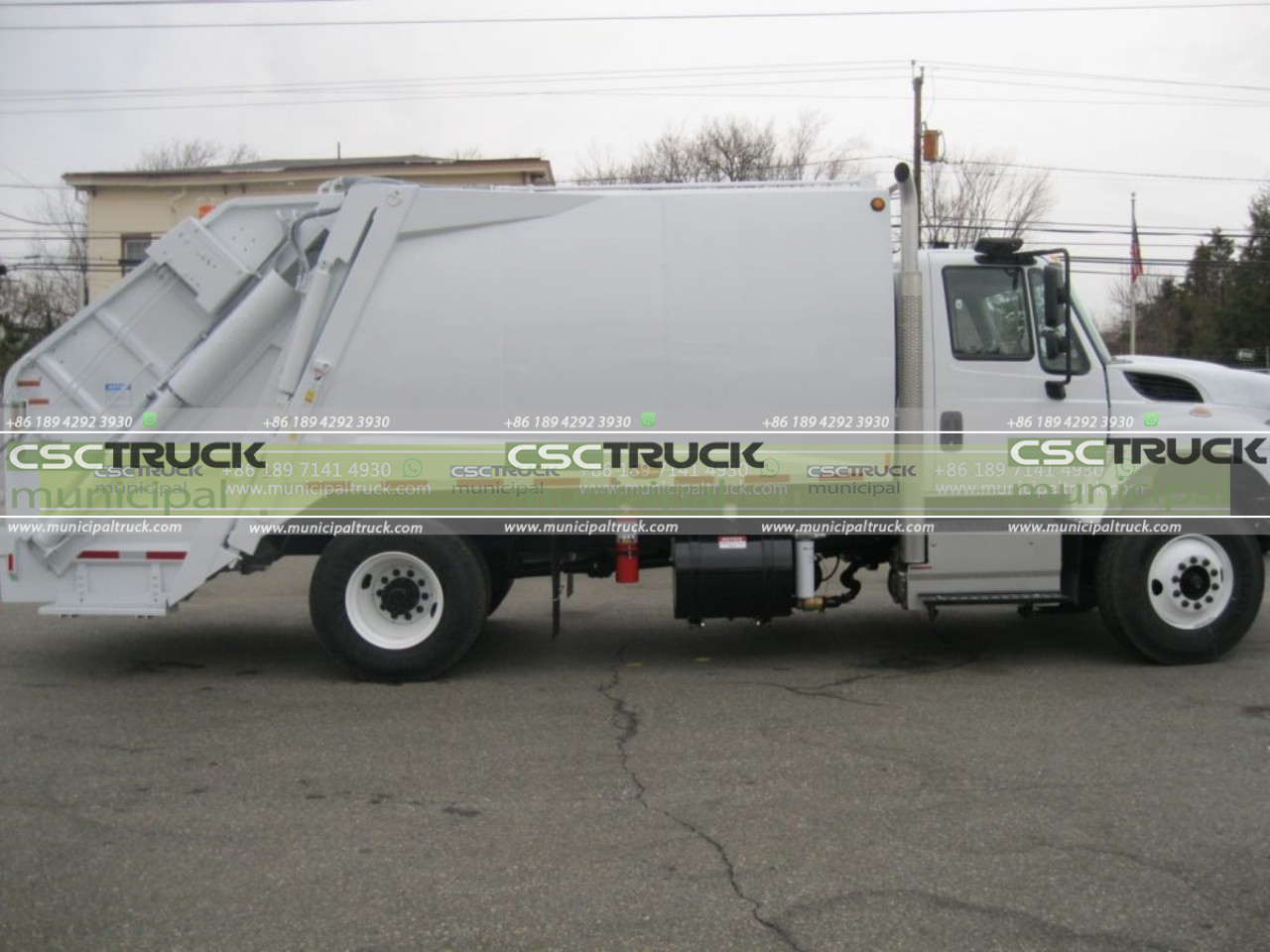
Smart sensors can be installed in the rear loader to monitor the fill level of the waste container. These sensors provide real-time data to the waste management company, allowing them to optimize collection routes and schedules. By knowing which containers are nearing capacity, garbage trucks can be dispatched more efficiently, reducing unnecessary trips and fuel consumption.
Furthermore, data analytics can be employed to analyze historical data and patterns, identifying areas with higher waste generation rates or specific times when collection demand is high. This information can guide waste management companies in allocating their resources effectively and ensuring timely and efficient waste collection services.
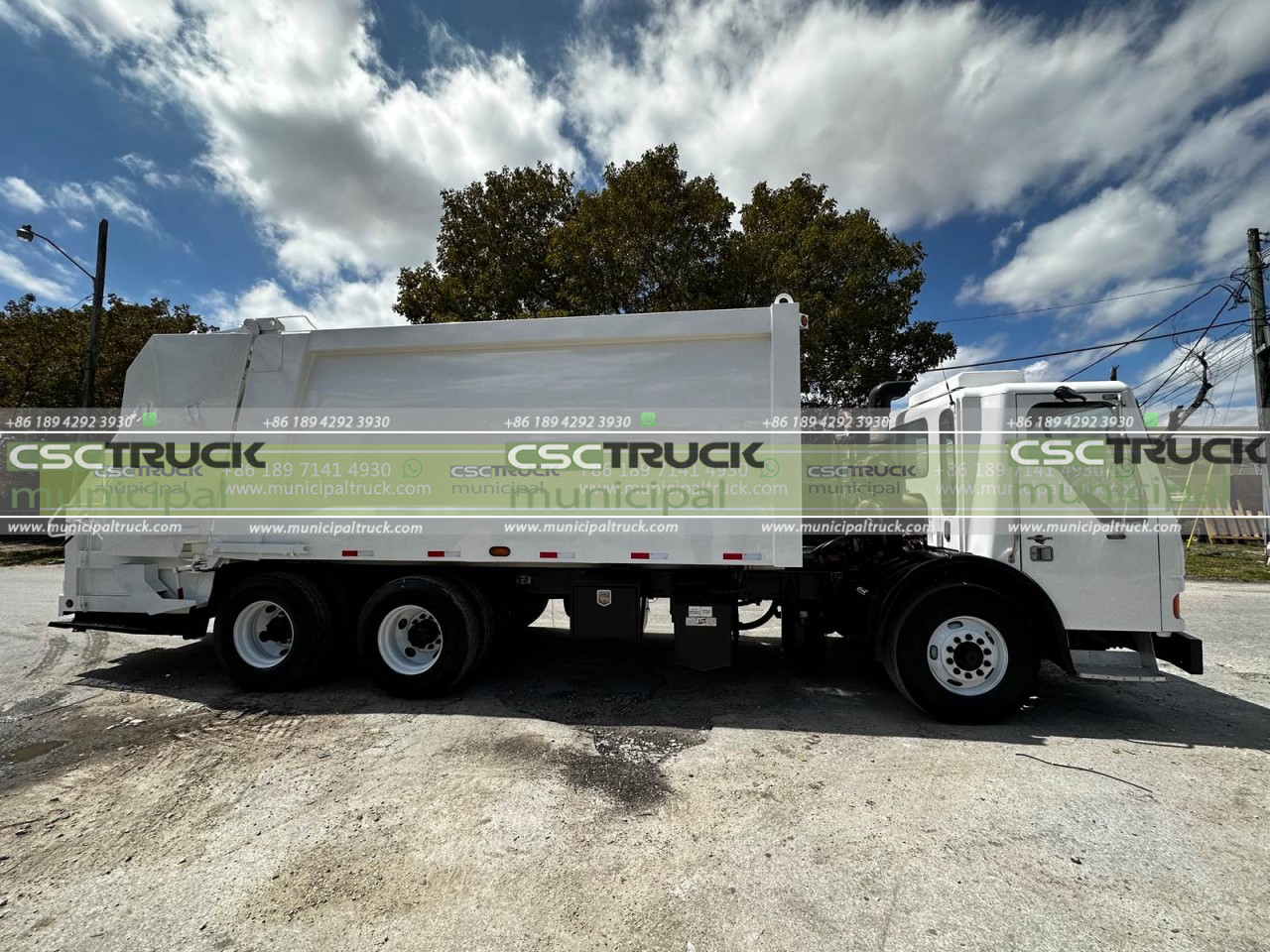
In some cities, waste management systems have implemented automated garbage collection. Instead of manually emptying individual waste bins into the rear loader, automated systems use specially designed containers that can be mechanically lifted and emptied into the truck. This technology not only increases the speed and efficiency of waste collection but also minimizes the physical strain on workers.
Another notable development in garbage truck technology is the exploration of alternative fuel options. Traditional garbage trucks often run on diesel fuel, contributing to air pollution and greenhouse gas emissions. However, there is a growing interest in transitioning to cleaner and more sustainable energy sources. Electric garbage trucks are gaining popularity, thanks to advancements in battery technology and the availability of charging infrastructure. These electric vehicles produce zero tailpipe emissions, reducing air pollution and improving the overall environmental impact of waste management operations.
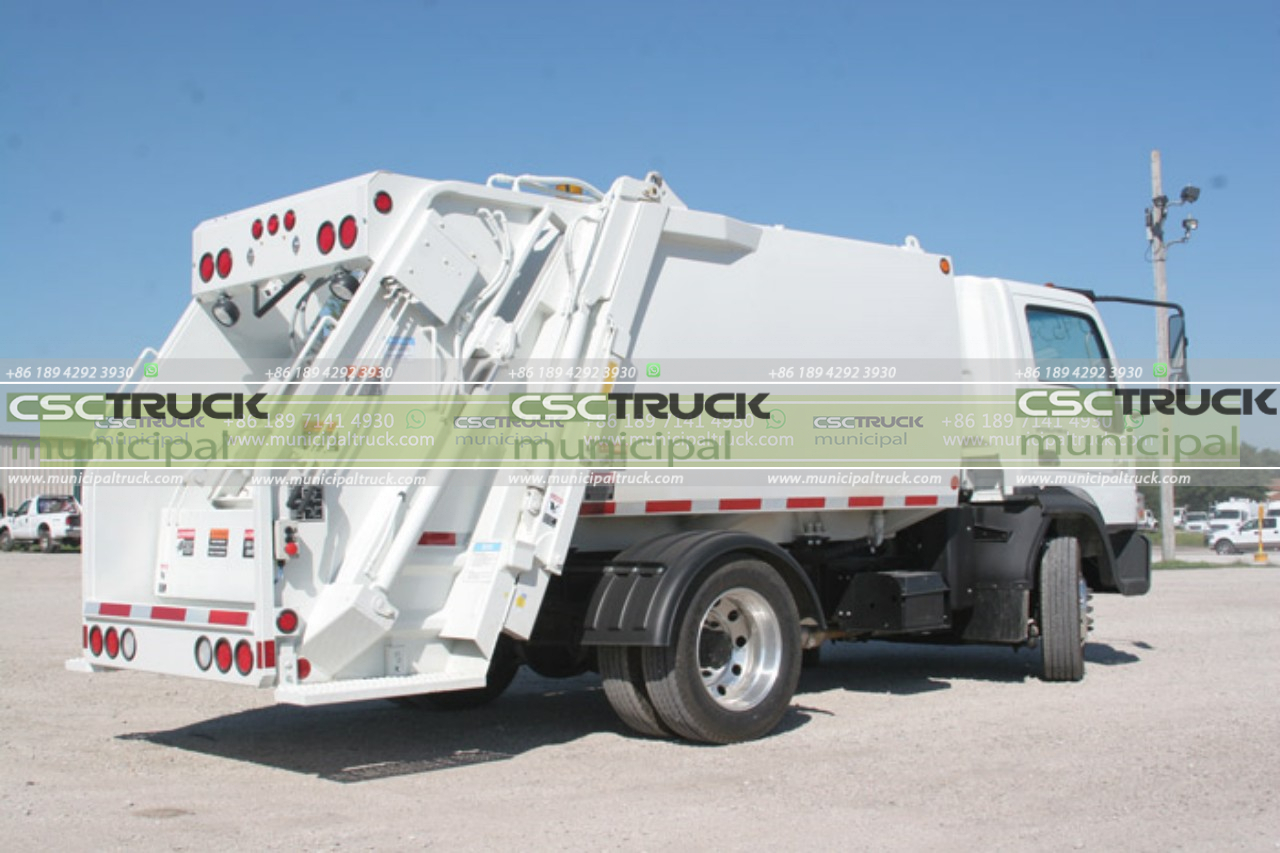
Furthermore, some waste management companies are exploring the use of renewable natural gas (RNG) derived from organic waste as a fuel source for their garbage trucks. RNG can be produced through anaerobic digestion or landfill gas capture, where the methane gas generated from decomposing waste is captured and purified. By utilizing RNG, garbage trucks can operate with lower greenhouse gas emissions significantly, contributing to a more sustainable waste management system.
The back of a garbage truck may not be the most visible or glamorous aspect of waste management, but it plays a critical role in ensuring efficient and sustainable waste collection and disposal. From the compaction of waste to the incorporation of safety and environmental features, the rear loader of a garbage truck embodies technological advancements and dedication to waste management excellence.
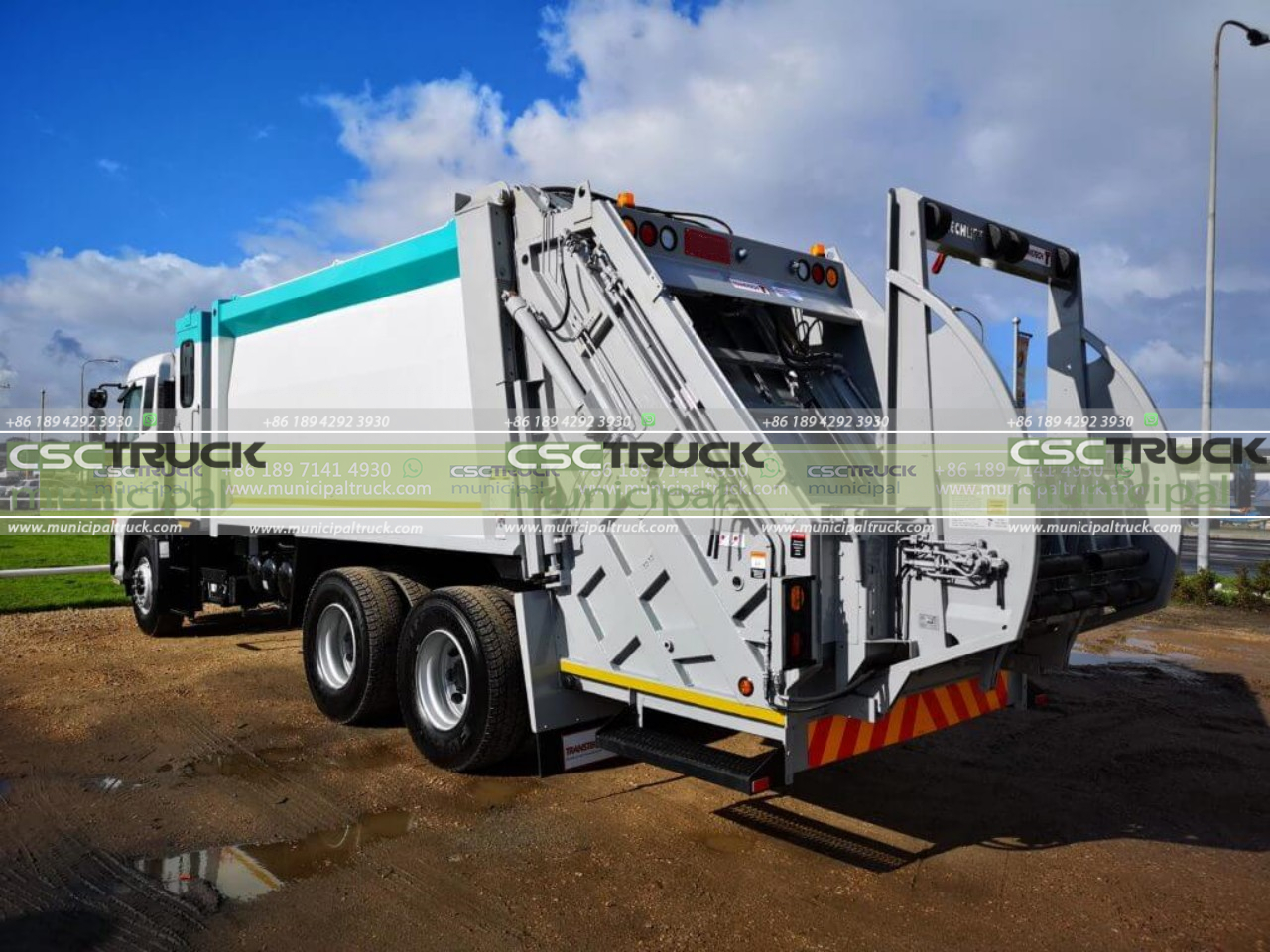
As our cities continue to grow and waste generation increases, it is imperative to embrace innovation and invest in sustainable waste management practices. By understanding the intricacies of garbage truck technology and the importance of the back of a garbage truck, we can work towards creating cleaner, healthier, and more environmentally conscious communities.
In conclusion, the back of a garbage truck, known as the rear loader or the compactor, represents the heart of waste management operations. It houses the mechanisms for waste compaction, odor control systems, leachate collection, and other safety features. With advancements in technology, garbage trucks are becoming smarter, more efficient, and environmentally friendly. From smart sensors and data analytics to alternative fuel options, the industry is constantly evolving to meet the challenges of waste management in the 21st century. By recognizing the significance of the back of a garbage truck and embracing sustainable practices, we can contribute to a cleaner and greener future.
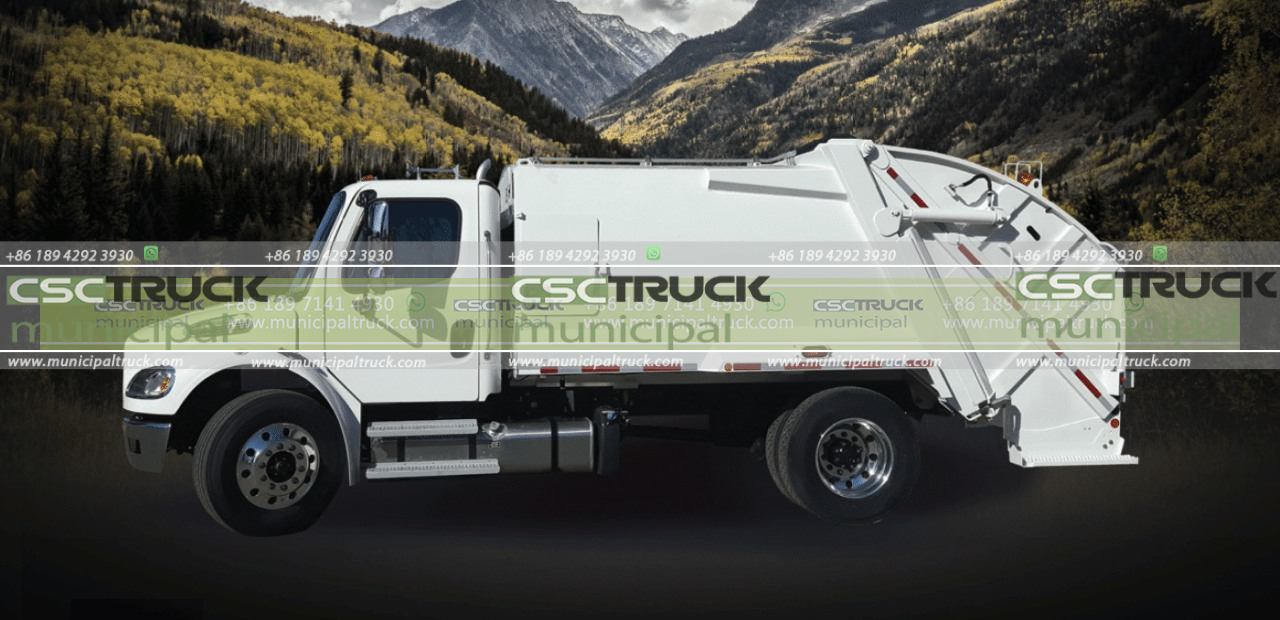
Contact us for this municipal truck or similar trucks: [email protected] Call us or What's APP us: +86 189 4292 3930
